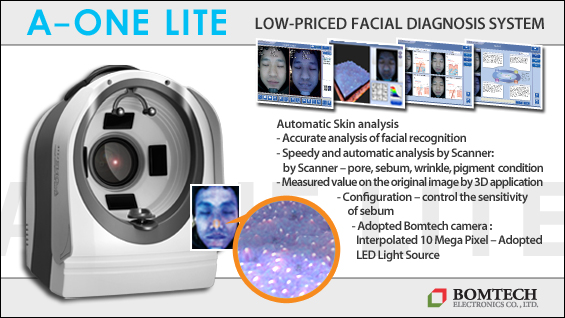
There are hundreds of antioxidants and many are commonly used in cosmetics industry. Multiple antioxidants are combined to provide skin rejuvenation and enhanced antioxidant action. Generally, five major antioxidants are considered network antioxidants. They are vitamin C, vitamin E, glutathione, lipoic acid, and CoQ10. Vitamin C and CoQ10 can reproduce vitamin E through electron donation. Glutathine is a lipoic acid that can be reproduced by vitamin C. The use of these network antioxidants is increasing in the cosmetic products to create a synergistic effect.
Vitamin E is commonly found in vegetables, oils, seeds, nuts, corn, margarine, and dairy. Vitamin E deficiency was found to increase cell damage due to oxidative stress. Reactive oxygen species (ROS) were found to affect synthesis of collagen and glycosaminoglycans (GAGs). This can be prevented by adding α-tocopherol to fibroblasts. Vitamin E reduces production of PGE2, thereby increases IL-production to bring anti-inflammation and immunosupport. It also plays an important role in collagenesis.
It was reported that tocopherol levels increase in patients with infection or cancer as well as in the elderly. The production of vitamin E, which is an essential antioxidant in these populations, is increased drastically and may increase the blood tocopherol.
Vitamin E has photoprotective effects when administered orally and topically. Numerous studies have shown that topical α-tocopherol reduced sunburn cells, damage from chronic UVB exposure as well as prevented photocarcinogenesis in animal skin.
In 1992, Trevithick et al. found that sunburn, edema and skin irritation from UVB exposure in mice were relieved by topical d-α-tocopherol acetate. Topical use of 5% tocopherol prior to UV exposure in mice decreased skin creases by 75% and delayed the development of cancer. However, vitamin E did not affect skin sagging associated with UVA. Other studies reported topical use of 5-8% tocopherol on the face for four weeks smoothed rough texture, and reduced the depth and length of facial wrinkles compared to the placebo group.
In animal studies, oral and topical vitamin E were found to reduce UV-induced erythema and edema. In humans, coating the skin with 5% vitamin E 24 hours before UV exposure was found to inhibit expression of UV-induced macrophage metalloelastase (a member of the MMP family that degrades elastin).
-To be continued




















